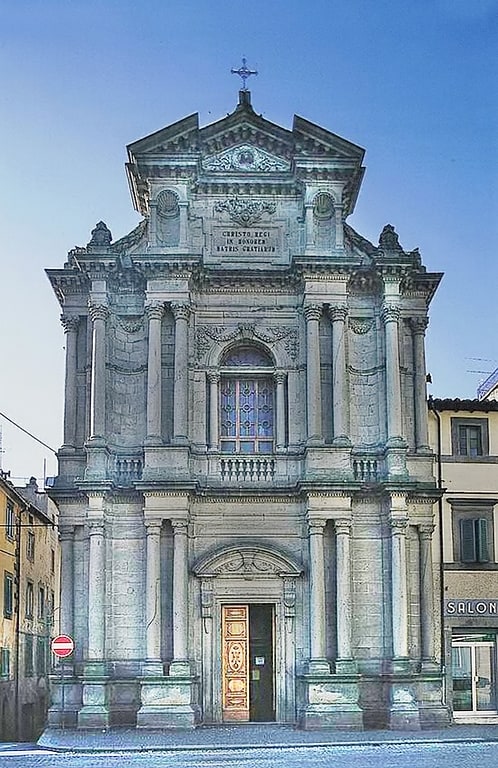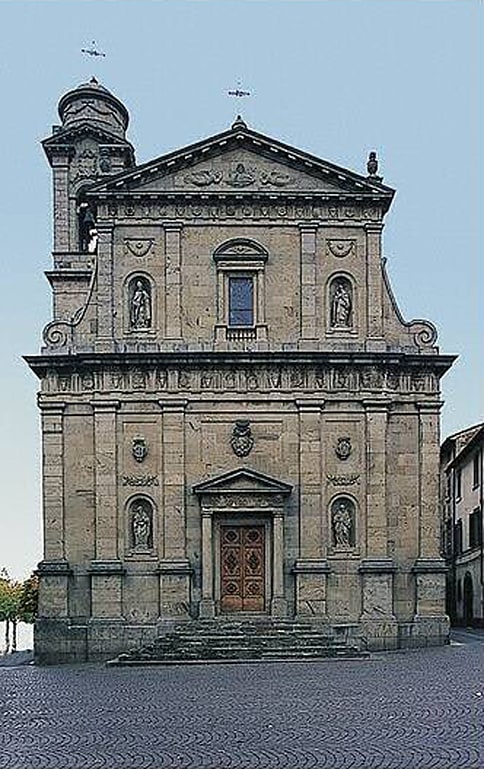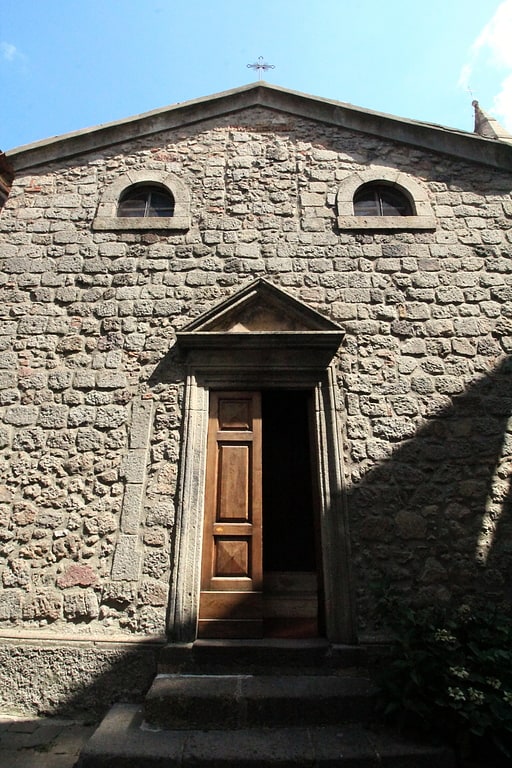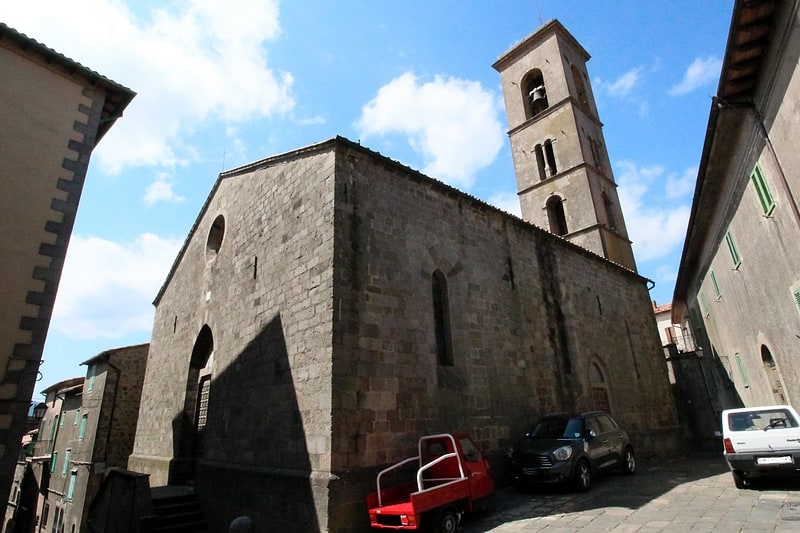Discover 4 hidden attractions, cool sights, and unusual things to do in Castel del Piano (Italy). Don't miss out on these must-see attractions: Church of Holy Mary of Grace, Chiesa della Natività di Maria, and Santissimo Sacramento. Also, be sure to include San Leonardo in your itinerary.
Below, you can find the list of the most amazing places you should visit in Castel del Piano (Tuscany).
Table of Contents
Church of Holy Mary of Grace

Also known as: Chiesa di Santa Maria delle Grazie
The church of Santa Maria delle Grazie is located in Castel del Piano.
It was built on the site of a chapel dating back to the early 16th century and further enlarged and remodeled until the mid-18th century, while the facade, set on two orders of paired columns topped by a broken triangular pediment, was not finished until 1932.
The interior features a Baroque type with ribbed vaults, pillars and columns.
The works include, along with the venerated image of the Madonna and Child inspired by the devout achievements of Sano di Pietro, Francesco Nasini's Madonna del Carmine (1652), the two 18th-century canvases depicting the Annunciation, the wooden choir, an elegant work with inlaid ornamentation (1852), and the scenic Baroque high altar apparatus in painted stucco with faux marble.
Address: Piazza Madonna, 58033 Castel del Piano
Chiesa della Natività di Maria

The Church of the Nativity of Mary is located in Castel del Piano and is also known as the church of the Propositura or Opera.
Built between the 17th and 19th centuries.
It presents a Latin cross plan. Each arm of the transept houses a chapel. Inside are the following paintings: Madonna and Child with St. Catherine of Alexandria and Other Saints,by Giuseppe Nicola Nasini, (17th century), the work is influenced especially by the Venetian painters in terms of the use of color and light, as well as by his Roman contemporaries; Nativity of Mary (1706/1708) by Giuseppe Nicola Nasini, is considered one of Nasini's most interesting works for its compositional clarity and inventive freshness, according to some critics this work places the artist among the leading figures of his time; Pietà or Lamentation over the Dead Christ by Giuseppe Nicola Nasini, first half of the 18th century; Madonna in Glory between Saints Nicholas and Michael the Archangel, second half of the 17th century, author Francesco Nasini; St. Cerbone, the Virgin and Child, 17th century, attributed to the workshop of Rutilio Manetti, for some by his son Domenico.
Address: Piazza Madonna, 58033 Castel del Piano
Santissimo Sacramento

The Church of the Blessed Sacrament, or the Church of Saints Nicholas and Lucy, commonly called the "little church," is located in Castel del Piano.
Remains of medieval architecture are limited to the drafted wall face and a plugged doorway on the left wall. There were numerous interventions over the centuries, including the construction of the bell tower (1872-1878).
The interior has a rectangular floor plan with two naves divided into three bays with cross vaults and interspersed with segmental arches resting on pillars painted with white and brown horizontal bands. Among the works preserved are a wooden polychrome Madonna of Loreto (1643), the banner of the Corpus Christi Company with a depiction of the Adoration of the Blessed Sacrament and the Bolsena Mass (1771) by Gioacchino Sorbelli, and the Verification of the True Cross attributed to Francesco Nasini.
San Leonardo

The church of San Leonardo is located in Castel del Piano, in the province of Grosseto.
It is recorded in 1188 and 1198 as a possession of St. Savior's Abbey.
Despite the many transformations, such as the bell tower (1520) and the portal, the façade rose window, and the side windows (neo-Gothic remakes in 1915), the exterior walls still retain the medieval filaretto masonry.
Inside, with three aisles covered with trusses, are two 17th-century canvases (Nativity of John the Baptist and St. Jerome) and some fragments of hammered frescoes close to the manner of the Sienese Andrea di Niccolò, depicting St. Anthony of Padua, St. Christopher, and an announcing angel.